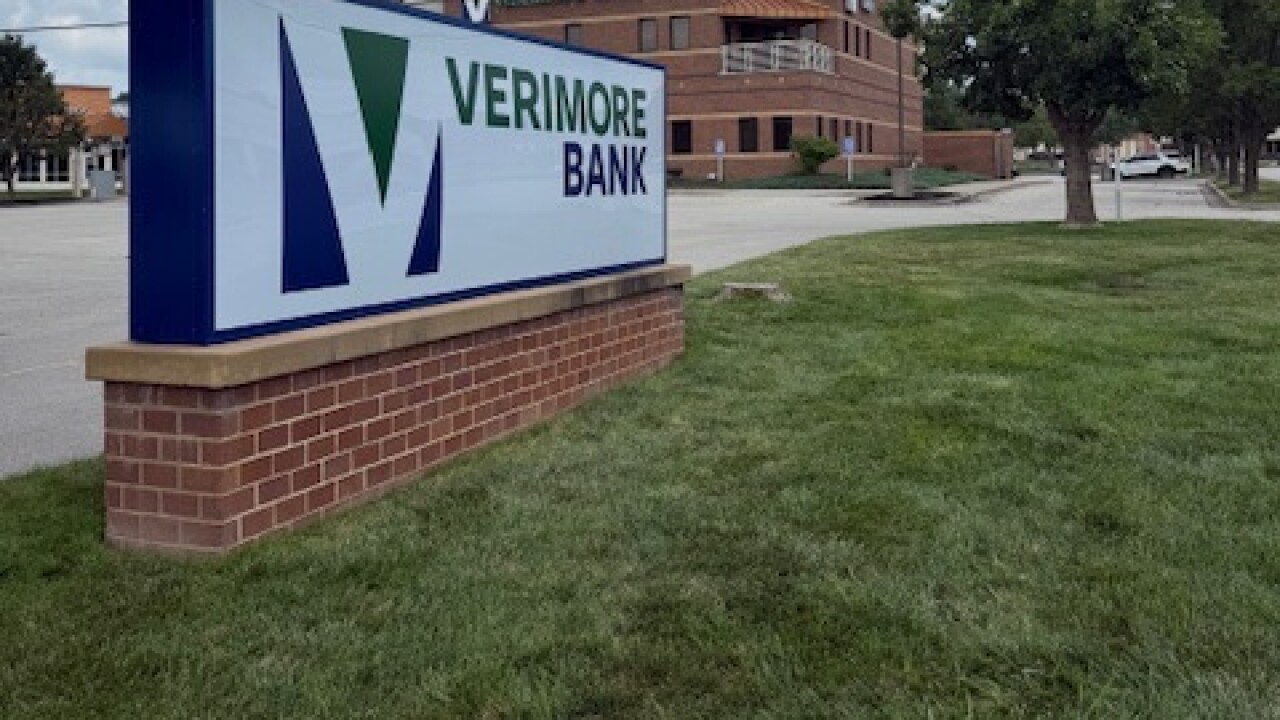Intuit, which works with numerous small-business owners through its QuickBooks software and other products, is learning that convincing merchants to adopt EMV technology will require more than just educating them on the technology and the consequences of missing the card networks' October deadline.
In a study of more than 500 small merchants using mobile card readers to accept payments, Intuit found that the majority of merchants surveyed had not committed to upgrade their point of sale technology to EMV, which protects against counterfeit fraud.
It's not just a lack of education; it's a lack of motivation, said Jason Pugh, a QuickBooks payments product management director.
"We have seen it time and time again at the point of sale that we send out upgraded hardware and we can see that it goes months without actually being connected," he said.
Small merchants take the approach that if their systems are not broken, they don't have the time or sense of urgency to change anything, Pugh added.
"For those folks, it's not really the cost of EMV adoption, it's the time and effort involved," Pugh said. "It can happen on the software side as well, when we provide new software and they can just be reluctant to change."
Thirty-seven percent of small business owners surveyed have not heard of EMV cards, and that number goes up to 54% if the company has between only 1 and 5 employees, the Intuit EMV study revealed. Of the 64% that said they had heard of EMV cards, only 20% considered themselves to be "very knowledgeable" about chip cards.
According to the major U.S. card networks, after Oct. 1 the party not able to accept EMV chip-card transactions will be liable for costs associated with any fraud occurring at the point of sale (fuel merchants were given an extra two years to comply).
Intuit's awareness findings fall in line with other surveys related to EMV preparedness. Aite Group also reported this year that more than a third of small merchants had
Going further, just more than half of merchants in the Intuit survey are aware of the liability shift requirements, though 60% of the smallest companies are not aware of the consequences of ignoring the EMV migration.
Compounding matters, more than 80% of all small businesses are not aware that an October 2015 deadline is attached to those liabilities.
"It is not surprising that people don't fully understand EMV and a lot who don't know what it is," said Ralph Matlack, also a director of product management for QuickBooks payments.
The survey found a justification for adopting EMV security, as 63% of respondents indicated some level of fraudulent activity on credit or debit card transactions annually. A third of the merchants cited use of expired cards as a common form of fraud, while nearly 20% said stolen cards were most common.
Far too many merchants "know EMV very superficially" and believe if they fail to comply none of their equipment will work on Oct. 1, Matlack said. "It certainly is not that, but it does shed light on what the notion of a liability shift means to some small merchants."
Intuit is using its latest research data as part of its education push, but also tying it into the rollout of a new QuickBooks mobile EMV card reader it will sell for $30.
The new reader integrates sales transactions with QuickBooks Online, QuickBooks Desktop and the QuickBooks GoPayment app. Intuit plans additional EMV-ready solutions for QuickBooks Desktop and QuickBooks Point of Sale in the near future.
While industry efforts for
For its part, Intuit is hoping it can at least make an impact on its own clients.
"Our aim is to allow merchants to be ready when the liability shift occurs," Matlack said. "We suspect that the majority will not be doing that on Oct. 1, but we want to assure them of these options."
Its new EMV mobile card reader will accept chip-and-signature transactions, which is expected to be a more common approach for small merchants accepting lower-value transactions.
But Intuit intends to take a "chip-and-choice" approach to the technology, making chip and PIN available for those merchants who prefer it.
"In our view, what we want to ultimately have is support and to let the customer select what level of security they want," Matlack said. "We believe the small merchants would appreciate the options."
Some of those options may someday include Android Pay and Apple Pay, Matlack added.
Seeking to keep merchants and customers familiar with the card transaction experience, Intuit designed its EMV card reader to operate the same as its mag-stripe reader, though slightly larger for EMV card insertion. An LED light confirms a successful swipe or EMV insertion.
"It's definitely a reality that word of mouth will be a very relevant means of education," Matlack said. "Our approach is very transparent and simple so as to make sure that the source of the word of mouth is telling the right story with the accurate information about EMV."





